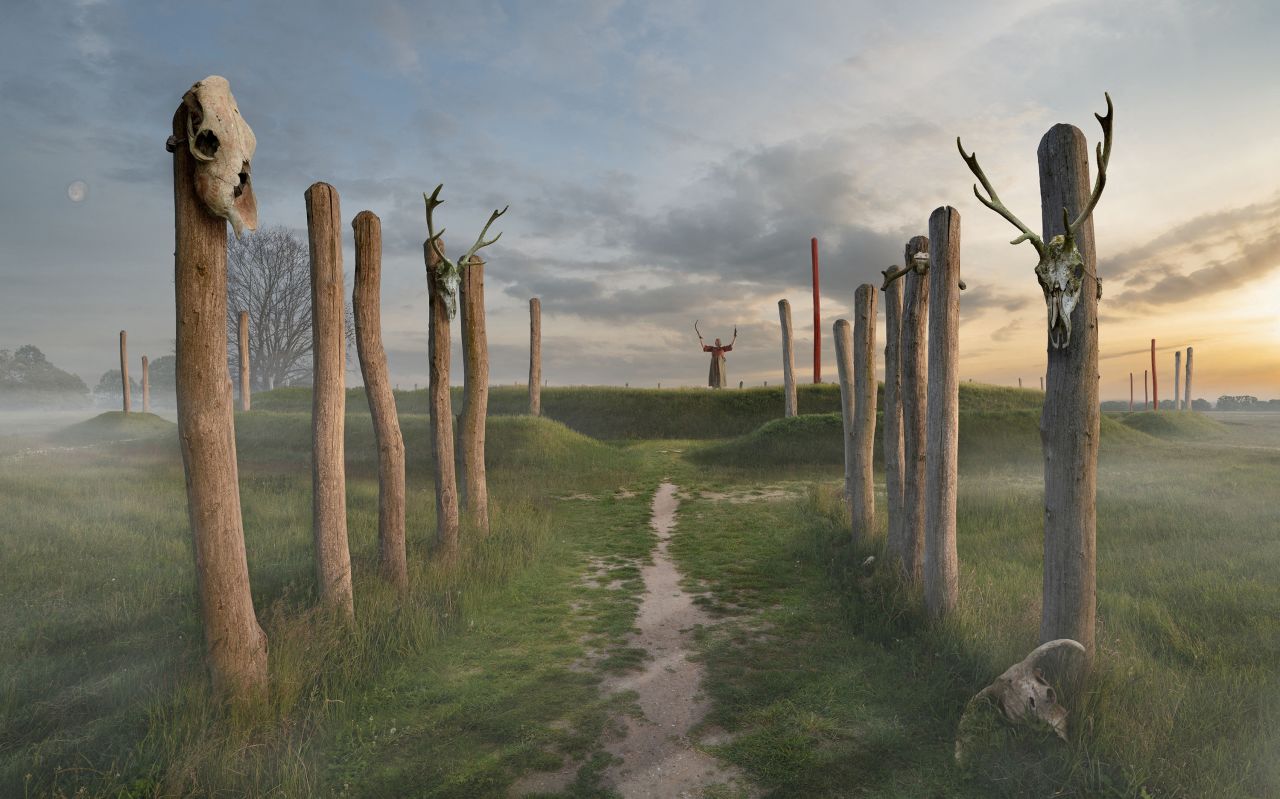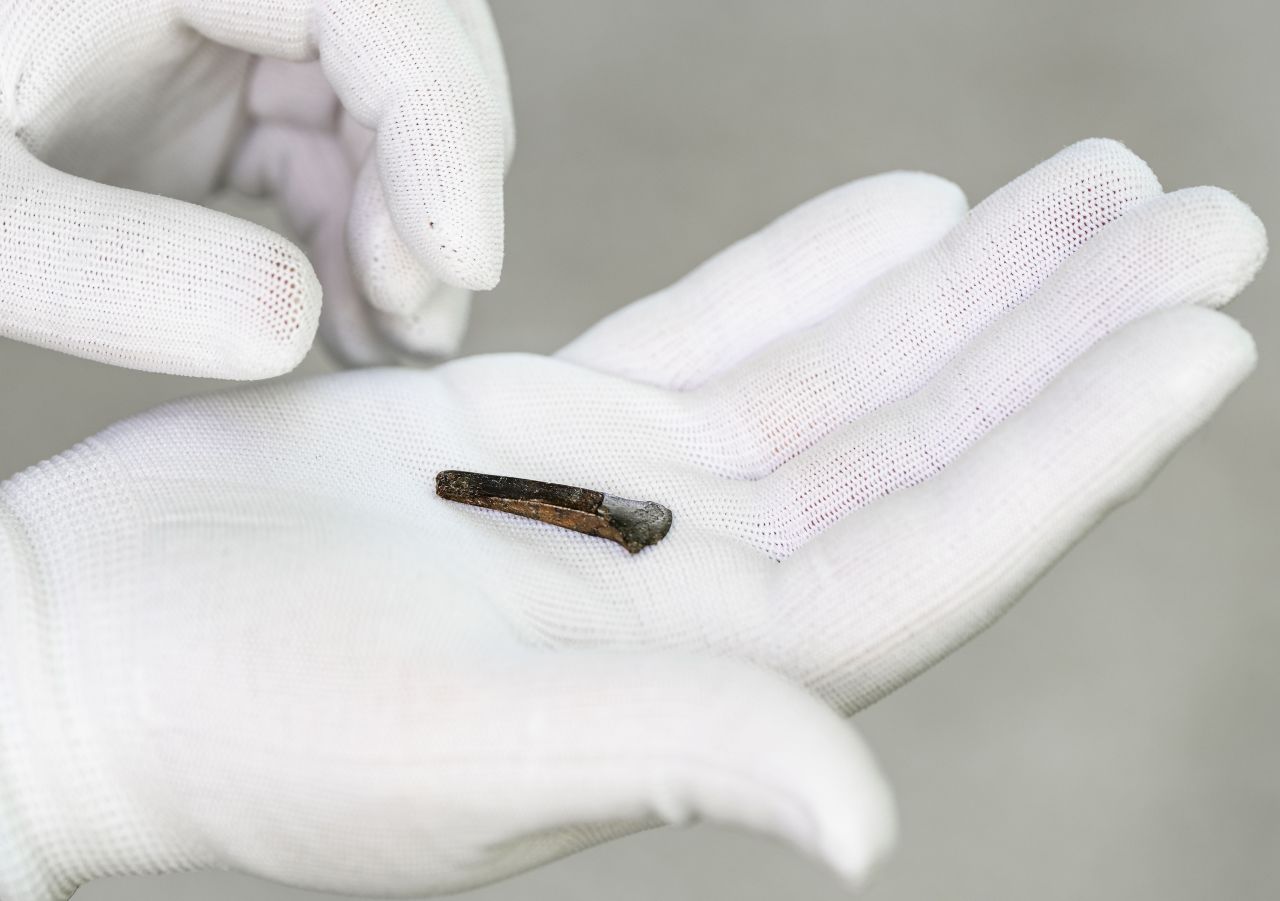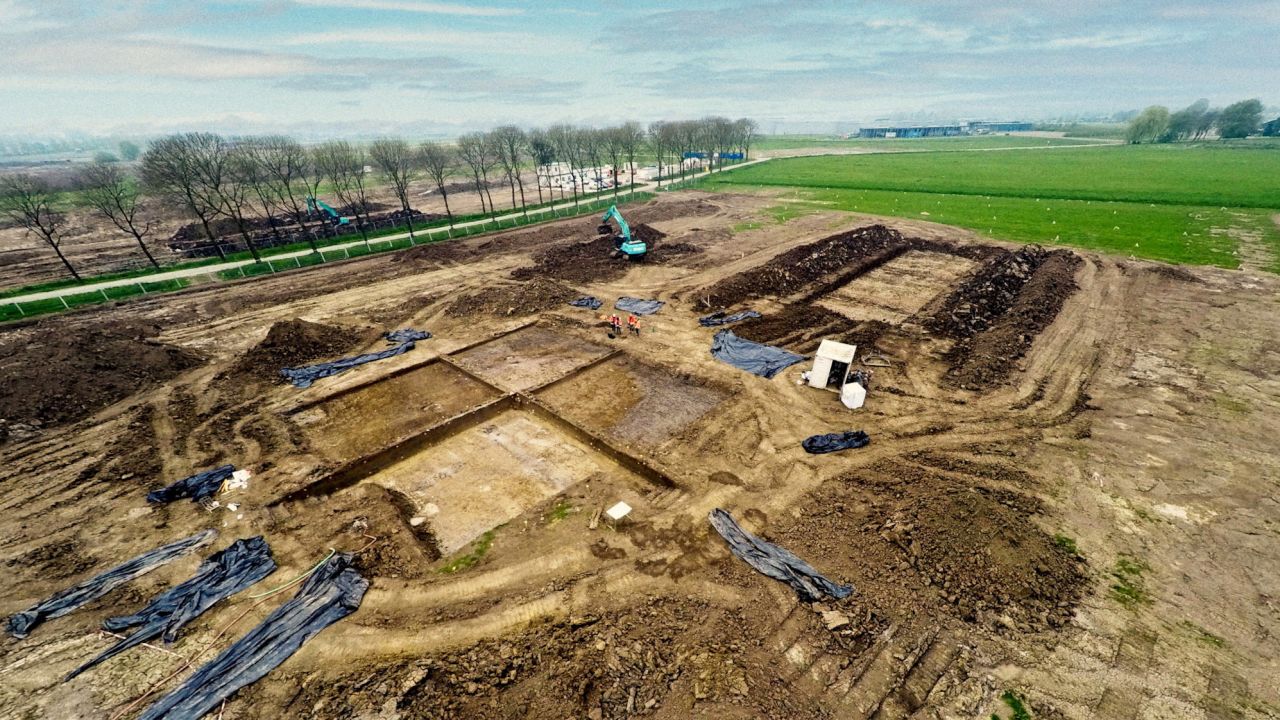Archaeologists have discovered a 4,000-year-old sanctuary made up of ditches and burial mounds in the central Netherlands that they believe may have served a similar purpose to Stonehenge.
Like the famous stone circle in southern England, the sanctuary - which was as big as at least three soccer fields and built with soil and wood - was built to align with the sun on the solstices.
The archaeologists also discovered offerings, including animal skeletons, human skulls and valuable items such as a bronze spearhead, at the spots where the sun shone through the openings, according to a statement from the municipality of Tiel, a town around 70 kilometers (45 miles) east of Rotterdam where the site was excavated.

“The largest mound served as a sun calendar, similar to the famous stones of Stonehenge in England,” said the statement.
“This sanctuary must have been a highly significant place where people kept track of special days in the year, performed rituals and buried their dead. Rows of poles stood along pathways used for processions.”
While excavating the site in 2017, archaeologists also discovered several graves. One grave was of a woman buried with a glass bead from Mesopotamia, present-day Iraq.

It’s the oldest bead ever found in the Netherlands and researchers said it proved people of this area were in contact with people almost 5,000 kilometers (about 3,100 miles) away.
The archaeologists took six years to research more than a million excavated objects dating from the Stone Age, the Bronze Age, the Iron Age, the Roman Empire and the Middle Ages.
After the excavation was finished, the site was covered again to allow construction work.
Some of the discoveries will be showcased in a local museum in Tiel and in the Dutch National Museum of Antiquities.
